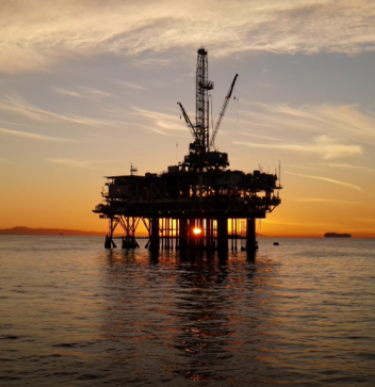Times of Israel – Octogenarian geologist behind Israel’s giant gas field eyes foreign waters
(Shoshanna Solomon 18.4.2018)
Eitan Aizenberg, who identified country’s largest natural gas field off the Mediterranean coast, says Israelis have competitive edge in oil and gas exploration
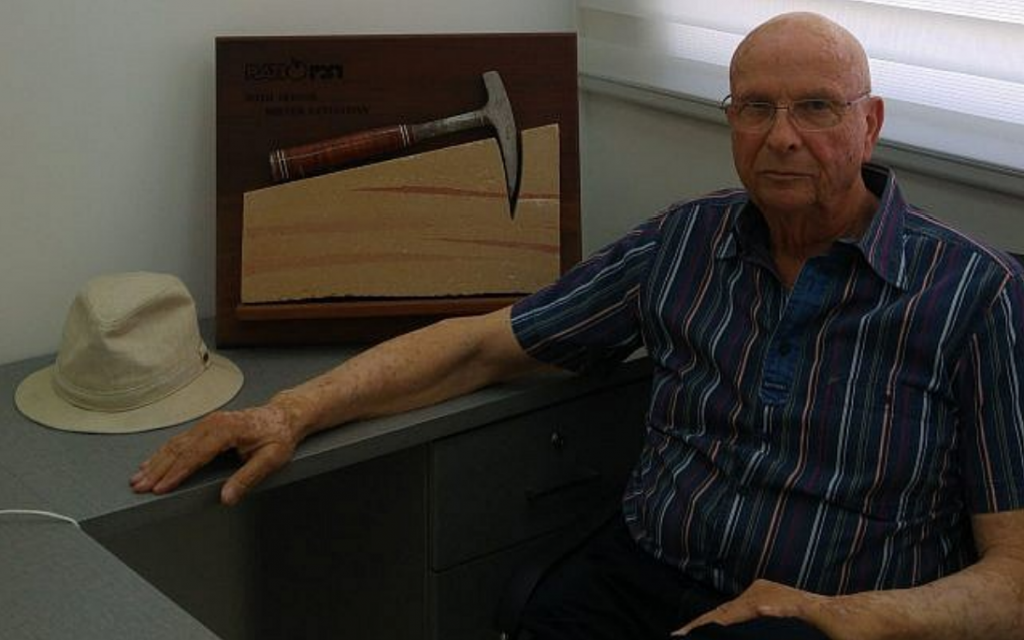
Eitan Aizenberg, an octogenarian geologist who discovered Israel’s giant natural offshore gas field, Leviathan, says he is just “in the middle of the walk” of his life. He has much more work to do, and together with his partners, he is setting sights on faraway shores, determined to use the technologies, faith and insight he used in Israel to now detect new foreign natural resources.
“We are taking the knowledge we have developed here, and we are exporting it,” Aizenberg said in an interview with The Times of Israel at his office in Tel Aviv, just two days before Israel’s 70th and his own 82nd birthday. “Israelis are now exploring for oil and gas globally. And this is a matter of pride, no doubt.”
Aizenberg tells a riveting tale about how he discovered the Leviathan field in the middle of Israel’s Mediterranean waters. He remembers every little detail, he speaks with pride but also with humbleness. He talks about his partners who believed in him and listened, when he told them to direct their funds and efforts toward the sea and not inland.
He talks about using the most cutting-edge technologies available and hiring the skills of the most talented people at Israel’s Tel Aviv and Haifa universities, of using super computers to analyze information and 3D seismic tests to pinpoint a site for which his partners and he then requested a permit from the government.
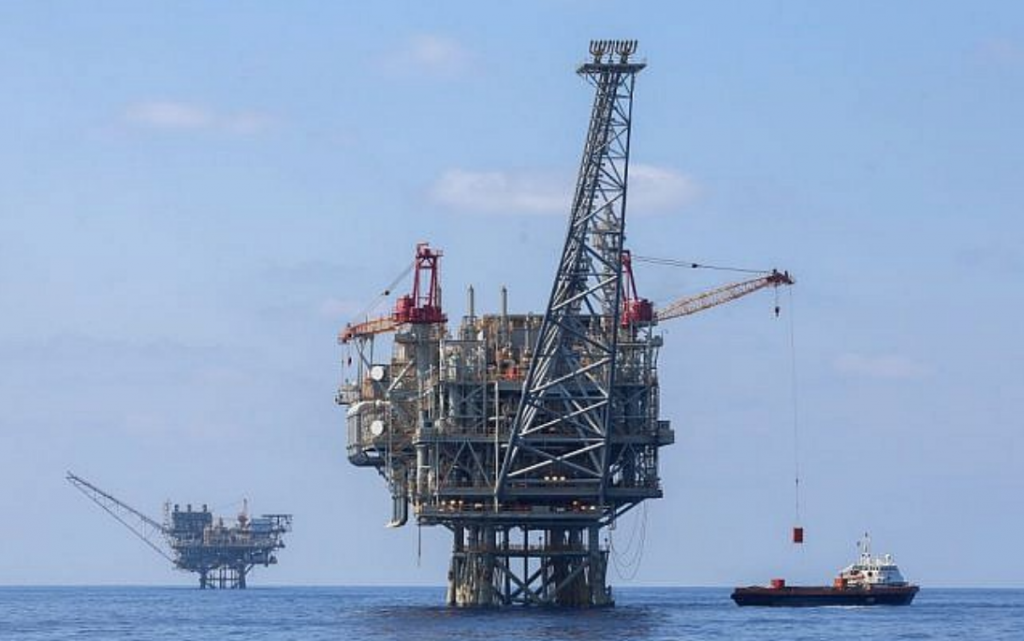
“I very much believed in Israel’s offshore, especially the deep waters since the time I worked in the Gulf of Suez, and I pushed toward that direction,” he said. “I gathered information and I started to study the Levant basin. There were many who said that there are no reservoirs in these areas.”
Learning from the Sinai experience
Aizenberg was the youngest of three, born to Ukrainian immigrants in the Israeli city of Ness Ziona. He studied
geology and minerology at the Hebrew University of Jerusalem.
After his studies he started work at a government-owned company looking for onshore oil and gas. After Israel
captured oil æelds in the Sinai Peninsula in 1967, perhaps its richest war trophy, Eisenberg volunteered to run the Abu
Rudeis æelds which at the time were producing some 65,000 barrels of oil a day.
“That was where I learned to produce oil and improved my exploration abilities,” he said. “That was my best school,
where I learned to manage a team and to improve production. We managed to raise production to 120,000 barrels a
day, almost double the original amount,” he said with pride.
After ending his job in the Sinai he moved to Texas where he worked as a geologist at a private US ærm only to return
to Israel to see what could be done with his skills locally. In 1992, he set up together with Israeli partners, the Landau
and Rotlevy families, an exploration ærm, Ratio Oil Exploration (1992) LLP and together they embarked on what
would turn out to be a rollercoaster, but successful adventure. His new partners put in most of the money, of course,
but they insisted he also cough up some of the funds.
“They told me to put my money where my mouth is,” he said with a laugh. Today the Rotlevy and the Landau families
are the controlling and largest shareholders in Ratio Oil, whose shares are traded on the Tel Aviv Stock Exchange.
Aizenberg controls some 8.5 percent of the ærm.
A one-person operation
The division of labor was clear: Aizenberg was in charge of the professional and operative aspects, and the managers
raised the funds.
The Ratio team, he said, was then a one-person operation: “My ofæce was in my truck.” Today Aizenberg has ofæces
in Tel Aviv, where he goes to work donning a white straw hat and in short-sleeved shirts. On his desk is a sculpture
with a geologist pick, and a plaque from his partners that says: With honor, Mr. Leviathan.
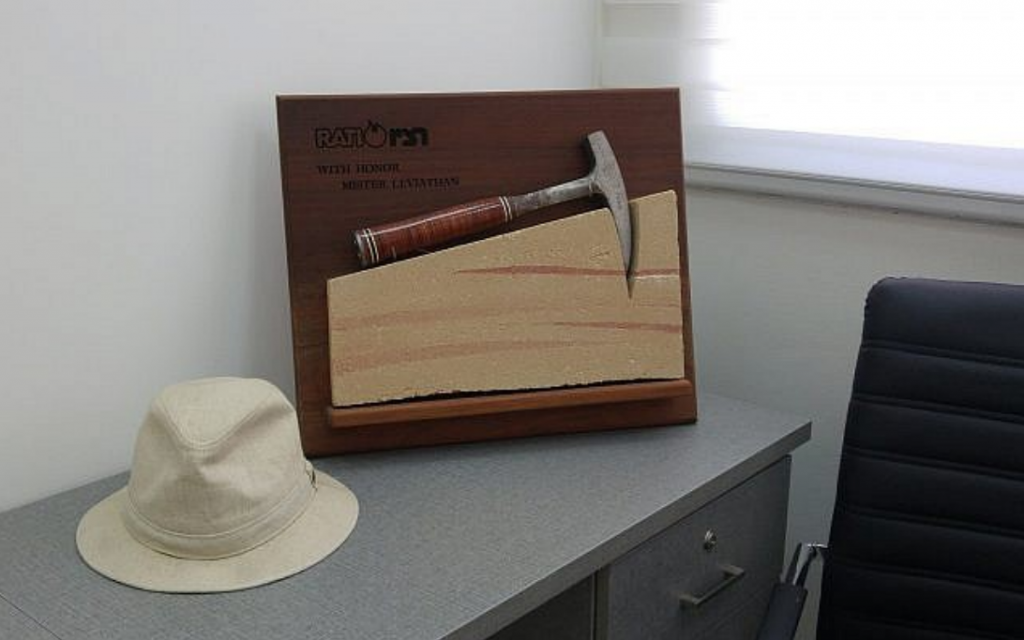
Aizenberg’s experience in the Sinai, the gas discoveries in the Nile Delta and the discovery of Israel’s ærst commercial
natural gas æelds Noa and Mari-B is what pushed him to search for gas offshore Israel. The work in the Sinai had
exposed him to “some geological concepts” that he recognized also in the Levant Basin. The basin is situated in the
south-east region of the Mediterranean Sea.
Through his interpretation of the data, he said, he managed to see a “huge geological structure.” No one else had
understood its huge economic potential before, he said.
“Exactly how a doctor checks the embryo with an ultrasound,” he said, geologists look at data and diagnose what they
see in the earth crust. And just like some doctors see things that others don’t, so was the case with Leviathan, he said.
“You also have to believe, to be able to ænd,” he said. “Others weren’t ready to take the risk. I believed in what I saw.”
Aizenberg and his partners got a preliminary permit for the site, for 18 months, but they knew they needed partners
to fund their exploration efforts. “I looked for people to whom to sell part of the Leviathan prospect. But I didn’t ænd
anyone. I was desperate we’d lose the opportunity,” he said. “I phoned an investor in Dallas, Texas, and he said:
Eitan, it looks too risky. You have to sell it to someone local who believes, and already has a presence in the area.”
And that is when Aizenberg called his geologist colleague at Israel’s Delek Group: “After æve minutes he said, ‘I like
it, let me talk with my management.’ And very soon after, Delek joined us.”
Texas-based Noble Energy Mediterranean Ltd., who was exploring the waters locally together with units of Delek,
deliberated for a number of months and joined the team as well.
Today, Ratio Oil holds 15% of Leviathan, Noble Energy holds 39.66% and Delek Drilling, a unit of Israel’s Delek
Group, holds a 45.34% stake in the æeld.
Israel decided to allow private ærms to bid for its gas licenses after it became weary of searching for oil and gas to no
avail.
Most of the initial explorations were onshore, but results were disappointing. In 1999, however, after the government
opened the waters for exploration, the Noa gas æeld was discovered in the Yam Tethys Project by Delek and Noble
teams in the shallow waters offshore Israel. The ænd marked the nation’s ærst commercial discovery of natural gas off
Israel’s coast. This discovery was followed by that of the Mari-B gas reservoir, also in the Yam Tethys project,
discovered in 2000, also by Noble and Delek.
‘Nobody came’
“The discovery of Noa led me to better understand the offshore geology and we joined others in the exploration of
the deep waters,” said Aizenberg. For many years, however, British Gas held the sole exploration rights to Israel’s
deep waters, given to the UK ærm by the Israeli government. They entered the market in 1999, and identiæed two
promising prospects, Dalit and Tamar. When they failed to ænd international partners to join them in the drills, they
decided to hand back the licenses to the state, including the area that turned out to hold the Leviathan æeld. They
also relinquished their rights in Tamar and Dalit to their other partners, and by 2005 they had exited the Israeli
market.
British Gas approached “international companies all over the world,” to come drill in Israel, said Aizenberg. “No one
came.”
Leviathan was found in 2010, a year after the Tamar gas æeld was discovered. The Tamar æeld, owned by Noble, Delek
and Israeli ærm Isramco Negev 2, LP, which started producing gas in 2013 and has been supplying Israel with its fuel,
holds some 10 trillion cubic feet (tcf) of natural gas. Leviathan, which is set to start production in 2019, is estimated
to hold 22 tcf of natural gas, and also holds the potential for half a million barrels of oil, according to estimates
provided by Ratio.
The discoveries have brought Israel closer to energy independence and are considered a huge milestone in the 70
years of Israel’s economic history. They have paved the way for Israel to become an exporter of natural gas and could
help grease the wheels of regional diplomacy.
Israel celebrates it 70th independence day starting Wednesday night though Thursday.
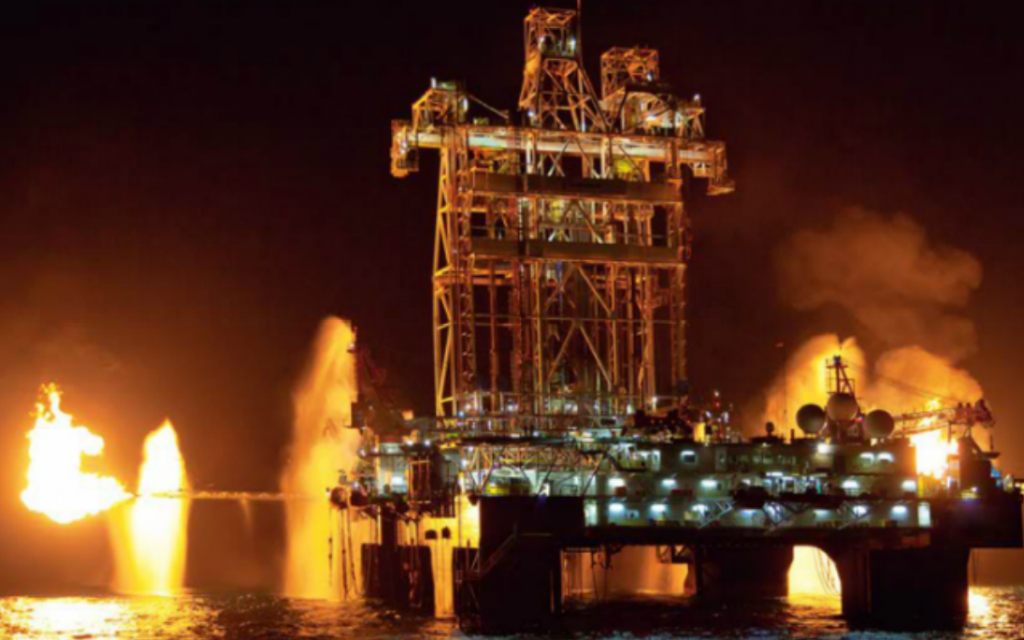
‘Biggest discovery in the Mediterranean’
Aizenberg’s initial estimate was that Leviathan would have 12 tcf of natural gas. So, when Noble Energy’s team did
the 3D seismic assessment, the Leviathan partners convened on June 2, 2010, “in the middle of a sweltering summer”
suited and booted in the Houston, Texas ofæce of Noble. There, recounts Aizenberg, a geologist named John
presented his ændings one step at a time, and “with an irritating slowness.”
“I sat hunched at the far end of the table, barely hearing a word and thinking: speed it up John, get to the main point.
How much gas is there in the Leviathan structure.” And then John ænally said: “16 trillion cubic feet of gas.”
“It is difæcult to describe my feelings at that moment,” said Aizenberg, a glazed look crossing his eyes for a moment.
“Thousands of geologists work for years and don’t even come close to a discovery. And there I was, working with my
limited resources.”
Leviathan, “was, at the time, the largest deep water natural gas discovery in a decade,” said Aizenberg. “Today it is
still the biggest discovery in the Mediterranean.”
There is a question about that last bit, this reporter interjected. What about Egypt’s Zohr æeld? The so-called
“supergiant” Zohr Field in Egypt was discovered in August 2015 by Italy’s Eni Spa, and is estimated to hold some 30
tcf of natural gas. The æeld is touted as the “largest discovery to date in the Eastern Mediterranean,” and is also one
of the largest natural gas discoveries in the world in recent years.
Eisenberg scoffs, showing a competitive edge that hasn’t blunted with the years. “The number they are using for the
Zohr gas æeld is 30 tcf, but this is gas in place. They do not publish the recoverable amount of natural gas.” Gas in
place refers to the total content of the gas in the reservoir.
“We always refer to the recoverable resources, but if we want to compare the numbers with the same parameter, then
Leviathan has more than 30 tcf of natural gas in place.” Recoverable resources are the oil and gas reserves that are
economically and technically feasible to extract.
A downturn in oil and natural gas prices, which started in mid-2014, has dampened the development of resources
globally, and has made the market more competitive. So, are the partners planning to drill for oil at the Leviathan
æeld, anytime soon?
“There is a willingness to drill for oil,” said Aizenberg. “We are still running analysis and evaluating its potential.”
Finding oil at Leviathan would be a gamechanger for Israel’s economy, analysts believe.
Exploring overseas
As the efforts at developing Leviathan proceed in earnest, Eisenberg and his partners have turned their sights on
foreign explorations. Together, they have set up Ratio Petroleum Energy LP, an oil and gas exploration and
development company which issued shares on the Tel Aviv Stock Exchange last year. The aim of the ærm is to acquire
licenses around the world and use the expertise of Eisenberg, and an Israeli team employed by the ærm, to identify
promising geological formations.
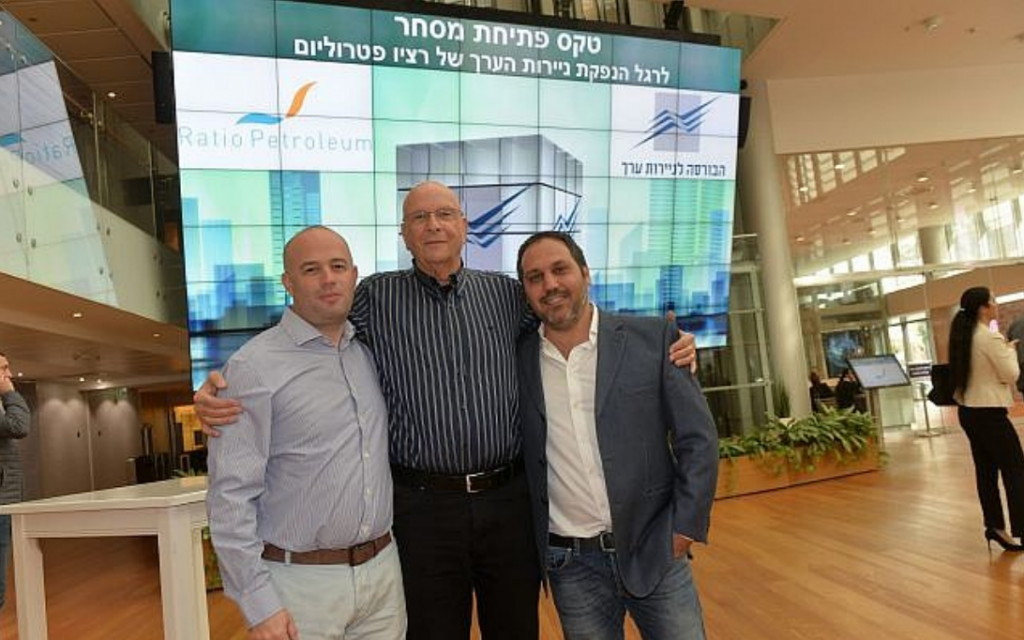
“I told the Rotlevy and the Landau families: we found Leviathan where other people didn’t ænd it. Let’s do the same
abroad. I was surprised when they said yes.”
Starting off with using Google Earth he whittled down interesting basins, gathered and analyzed geographical and
geophysical data and then the Ratio Petroleum pitched for licenses. Today the ærm has licenses in æve global
locations, two in the Guyana and Suriname basin, between Brazil and Venezuela, and one each in Ireland, Malta and
the Philippines.
The total size of the areas covered by Ratio Petroleum’s license rights are some 30,000 square kilometers (some
11,600 square miles). The size of just the block in Guyana is 13,500 square kilometers, explained Itay Raphael, the
CEO of Ratio Petroleum. The size of the whole of Israel is of 21,000 square kilometers, he said.
ExxonMobil, the US multinational oil and gas giant, is estimated to have found reserves exceeding 3.2 billion barrels
of oil in an adjacent area to that of the Guyana and Suriname basin, and has now joined Ratio Petroleum in its
licenses, taking a 50% stake, and becoming the operator of the site. Ratio Petroleum holds a 25% stake in the licenses,
while a local partner owns the remaining 25%.
“Our success now is not less than that of Leviathan,” Aizenberg said. “Even if we yet haven’t drilled there, we have
identiæed a good basin. Instead of resting, we have run on to do other stuff.”
And just like in the high-tech sector, when entrepreneurs move on from an initial successful project to the next,
Israeli oil and gas explorers are moving on to new challenges, said Ratio’s Raphael.
Ratio Petroleum is not the only Israeli ærm looking to foreign shores for opportunities. Navitas Petroleum LP, an oil
exploration partnership headed by Gideon Tadmor, one of major drivers behind the success of Delek Group in its
exploration efforts the Eastern Mediterranean, focuses on North American oil and gas exploration and production.
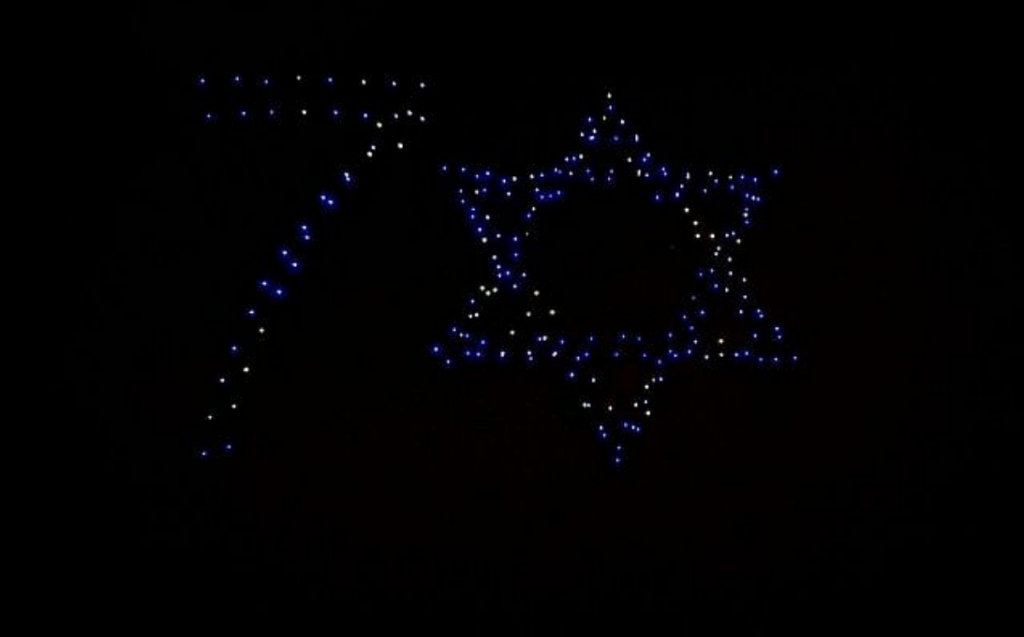
“Today, at the eve of Israel’s 70th birthday, with our Israeli passports, we are dealing with the biggest energy
companies in the world, which wasn’t the case previously,” Eisenberg said. For years, foreign oil and gas giants
shunned Israel because of their strong commercial ties with the Arab world.
Even so, warned Eisenberg, “we must always remember that at the end of the day we are just a tiny middle eastern çy
in the big global picture, and we should never be confused about who and what we are. And we should always be
aware of the risks that await us.”
Source:

